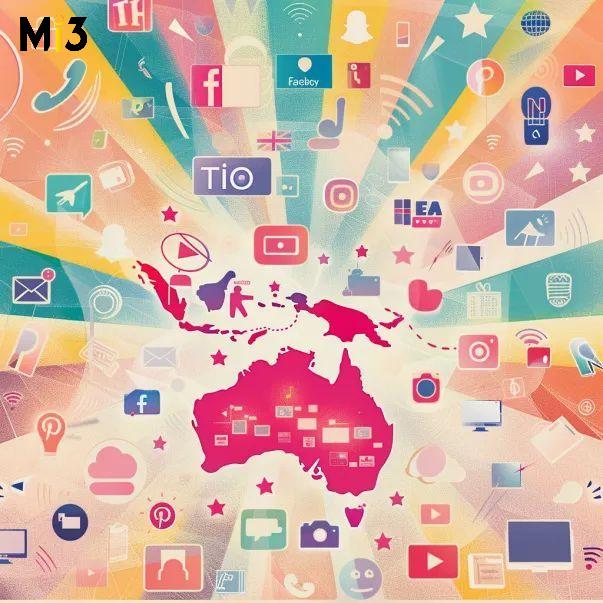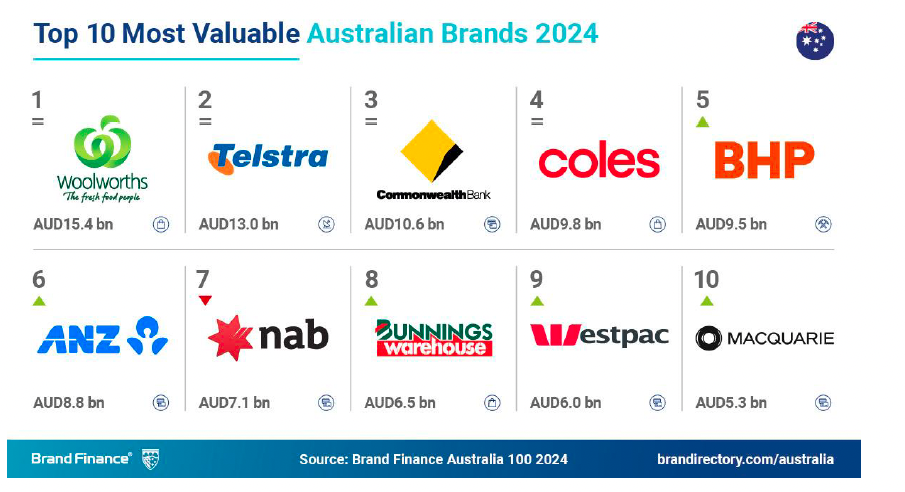‘It’s a big myth’: James Hurman, Klaviyo study of ANZ online retailers, 1.7m shoppers explodes adage that it’s ‘5x cheaper to retain than acquire new customers’

Data from 1.7 million online shoppers and “dozens” of online retailers across Australia and New Zealand has delivered the first study with scale that challenges a widely held belief by industry that the more customers they retain, the better it is for a business.
‘It’s in fact wrong,” a leading marketing and advertising effectiveness consultant, commentator and start-up investor, James Hurman, told circa 400 ecom and CX specialists last week at an event staged by B2C CRM tech firm Klaviyo.
Hurman was equally strident on the mythology surrounding another golden rule in customer and revenue management – that it costs five times more to acquire a new customer than retain an existing one.
“This piece of advice is based on absolutely no evidence whatsoever,” Hurman said as part of his Klaviyo commissioned research.
“When we trawled back through where this came from, we actually find there was no empirical study, there was no research, there was no data, there’s no evidence at all that acquiring a new customer costs five times as much as keeping an existing one. This was something that someone said, probably very loudly and very confidently about 20 years ago, and the entire marketing world thought ‘that sounds good, and that sounds right, and so we’ll just accept it’. It’s not actually based on anything.”
What Hurman discovered in the data from local ecom players was the precise opposite to the accepted customer retention wisdom – online retailers that had lower customer retention rates grew considerably faster.
He cited two unnamed online retailers in the study at polar opposites on customer retention – one had a “high” retention of 39 per cent, the other low at 14 per cent. Those customers “loyal” to the first online retailer spent 46 per cent less and total revenue declined 14 per cent. The other with lower retention, Hurman said, saw its customers spend 14 per cent more and total revenue increased 130 per cent.
These were not exceptions or outliers in the study, Hurman stressed.
“This is the main point of this research – it’s not how many customers you retain, it’s what you do with them that counts,” he said. “How we expand the revenue of those customers, the spend of those customers over time.”
Loyalty programs also received a data grilling – they helped improve customer retention but it was marginal, according to Hurman’s analysis.
“Those using a loyalty program had about 30 pr cent retention and those not using a loyalty program had about 20 per cent retention, so the loyalty program makes a difference,” he said. “Is it that big a difference? Probably not. Does it matter? No, it doesn’t because the companies that did not use a loyalty program were experiencing 48 per cent annual revenue growth and the companies using a loyalty program only 14 per cent. One thing that loyalty programs do is they take our eye off the ball off what’s important. Just retaining customers is not the important thing, it’s expanding their revenue. We can use a loyalty program to try to do that or we can use our customer service experience to try to do that.”
Emotional profit
And it was good customer experience that elicited an emotional commitment from customers, Hurman said. Emotion, often foreign to data-led executives, was the killer difference, as it is for those attempting better impact in mass communications.
“When you drive a better emotional connection, your customers are willing to spend more with you and pay more for you – and this is the real key to unlocking growth and unlocking profitable growth,” Hurman said. “You don’t want to be a utility that people are merely satisfied with. You want to be something that people are emotionally connected to.”
As part of the Klaviyo study, 500 ecommerce shoppers were asked what triggered their emotional connection – turns out “having a great customer experience is the number one thing that makes them feel much more emotionally positive towards a brand”, Hurman said.
“So having a brand personality that people really like, that’s great; producing advertising that people really like, that’s great; having experience with the product, that’s great too.
“We should do all of those things, but it’s actually the quality of customer experience that’s the number one driver of emotional positivity towards a company. It’s also the number one destroyer of that emotional connection; poor customer experience is the number one deplete … So all of that good work that you may have done in the past, if you deliver a poor customer service experience, that’s the thing that’s most likely to make a customer feel more emotionally negative towards you, less warm, more cool towards you.”
The top most “infuriating” customer service experience in Klaviyo’s study was never hearing back on an inquiry, the second was having to repeat yourself “multiple times to multiple different people” and “waiting and wanting to hear from a human”.
But AI, service bots and agents were not on the nose in this study, according to Hurman. They were “neutral to positive” in their sentiment, he said.





